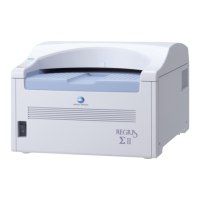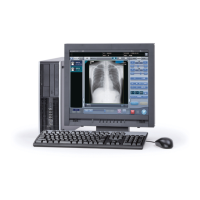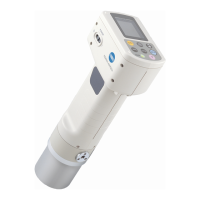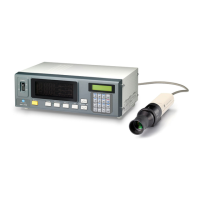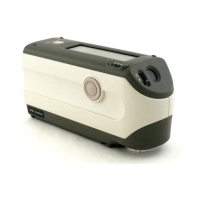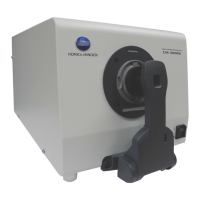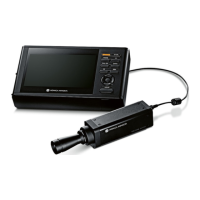1.3 Safety precautions
20
CAUTION
– The DR Detector is precision equipment, and
therefore impact or vibration during radiography
or image transfer may aect the image quality.
Be careful when handling the DR Detector dur-
ing and just after radiography.
– When using the remote table for exposure, take
caution to prevent shocks and vibrations during
exposure and/or image transmission, because
aect from shocks and vibrations may be large.
– Never leave DR Detectors around heat genera-
tors such as electric carpet.
– Do not damage or deform the DR Detector; do-
ing so may have an eect on exposed images,
or lead to injury.
– Do not use a sharp object to operate the switch;
doing so may damage the AeroDR 2 1417HQ,
AeroDR 2 1417S, AeroDR 3 1417HD, AeroDR 3
1717HD and AeroDR 3 1012HQ.
– When using a tool to ax the AeroDR Grip sheet
or perform replacement, be careful not to get
injured by a tip or edge of the tool.
• When using the wired cable, observe the following:
– Remove the cable by holding the connector
housing.
– Do not let the cable get pinched by doors and do
not place heavy objects on it.
– Do not bend or pull the cable excessively.
– Make sure that the cable is properly connected
to the DR Detector without wobbling.
– Do not connect the connector housing back-
wards.
• Do not sit on or put your feet on the AeroDR Bat-
tery Charger or AeroDR Battery Charger2.
• Take note of the following if the DR Detector is
damaged and fluorescent medium or lead is ex-
posed:
– Immediately stop using the device, and contact
Konica Minolta technical representatives.
– If the uorescent medium gets in your eyes, do
not rub and instead wash with running water im-
mediately.
– If you have swallowed any of the fluorescent
medium or if the uorescent medium has gotten
into your eyes, administer rst-aid treatment im-
mediately, and consult a doctor.
– If the medium comes into contact with your skin
directly, wash the aected area thoroughly with
water.
– Use and store in a location inaccessible to chil-
dren.
CAUTION
• When the DR Detector is used for exposure, pay
attention to the following items.
– Start exposure after conrming on the display of
the image processing controller that the machine
is ready for exposure.
– Perform exposure under the X-ray imaging con-
ditions that has been conrmed by us.
– Use the specied grid to perform exposure.
– Apply the specified operation methods to use
the grid.
– Do not let the DR Detector vibrate or receive
shock until the preview image is displayed.
– If the irradiation eld is larger than DR Detector
when you take an image, an artifact may occur
due to the X-ray backscatter eect. Adjust the ir-
radiation led to t within the imaging range.
• Precautions when performing exposure in
Aero Sync mode.
– Conrm that the image processing controller is
ready for exposure through its display before
performing exposure.
– Conrm that a conrmation is sounded from the
image processing controller after the start of ex-
posure.
– Do not let the DR Detector vibrate or receive
shock until the preview image is displayed.
– Confirm that the DR Detector's battery level is
full before performing exposure.
– Use the system under the exposure condition
conrmed prior to exposure.
• When using Aero Storage, please pay attention to
the following:
– Ensure that the LED display of DR Detector
indicates it is ready for exposure, before per-
forming an exposure operation.
– After an exposure, do not give shocks and/or
vibrations to DR Detector until the LED display
of DR Detector indicates it is ready for expo-
sure. Also, if the LED display of DR Detector
cannot be veried, do not give shocks and/or
vibrations to DR Detector for at least six sec-
onds after an exposure.
– Before performing an exposure operation, en-
sure that the DR Detector has a battery level
is more than 10 % level.
• If there are any radioactive substances remaining
in the patient's body after nuclear medicine test-
ing or some other reason, the AeroDR 2 1417HQ,
AeroDR 2 1417S, the AeroDR 3 1417HD, AeroDR
3 1717HD and AeroDR 3 1012HQ may recognize
that X-rays were emitted and start image transfer.
When the image is transferred, change the X-ray
sensitive setting of the image processing controller
to "Large" before performing exposure.

